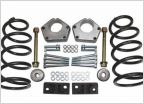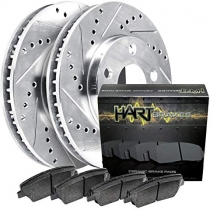-
Welcome to 4Runners.com!
You are currently viewing as a guest! To get full-access, you need to register for a FREE account.
As a registered member, you’ll be able to:- Participate in all 4Runner discussion topics
- Transfer over your build thread from a different forum to this one
- Communicate privately with other 4Runner owners from around the world
- Post your own photos in our Members Gallery
- Access all special features of the site
E g r deleat
Discussion in '2nd Gen 4Runners (1990-1995)' started by 59yearoldkid, Nov 30, 2020.


 Ball joints
Ball joints Speedo Correction
Speedo Correction Need new radiator advice
Need new radiator advice Advice for finding a ~2" lift on a 93?
Advice for finding a ~2" lift on a 93? Rear main seal help
Rear main seal help New coils and 1.25" spacers, got rid of that sag!
New coils and 1.25" spacers, got rid of that sag!




























